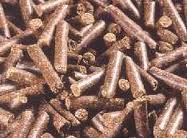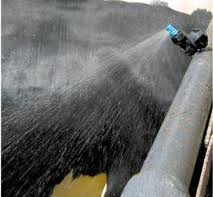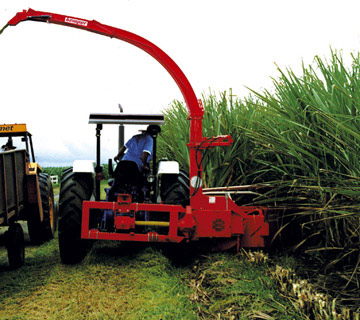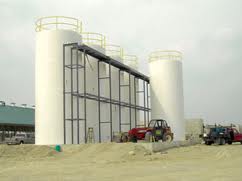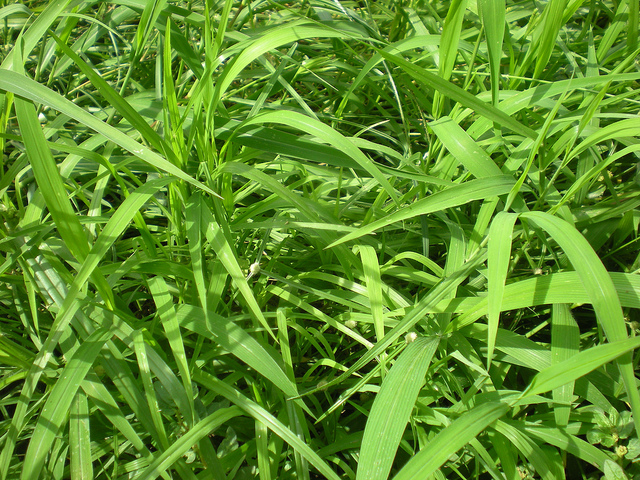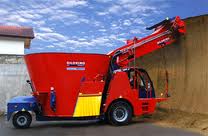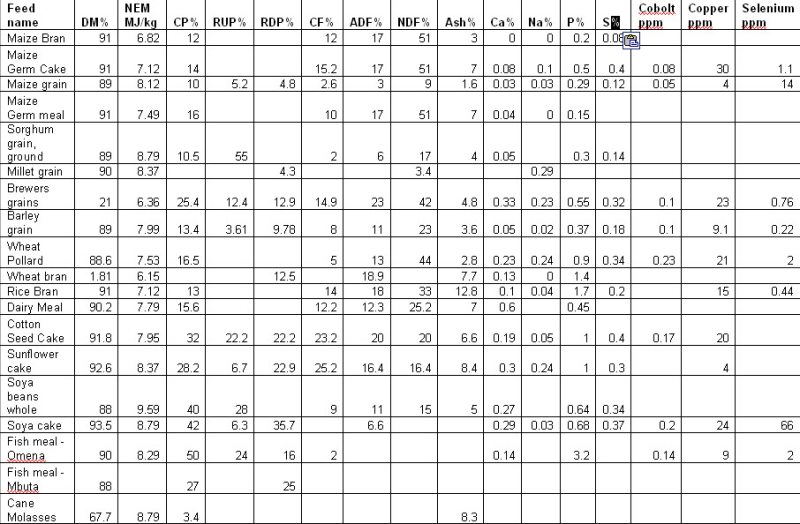Food, Water and Equipments
By Charles C. Stallings, Extension Dairy Scientist, Nutrition, Virginia Tech.
The Edstrom C-400 Controller is a reliable, programmable electronic controller that has the ability to store in its memory two complete operating programs. This permits the operator to program one cooling program to activate at a lower range of temperatures; while a second, more intensive cooling program can be entered to come on at a higher temperature when the cows are being subjected to more heat stress.
By Lallemand Animal Nutrition. Dairy cows are very sensitive to heat stress, which has a significant economic impact for the farmer: not only loss of productivity and milk quality (increased somatic cells count), but also health related problems.
The farmer is usually aware of some of the essential herd management practices necessary in this critical period, however some nutritional solutions may not be as known. In particular, probiotics, which, by improving rumen conditions and functions affected by the stress factors, can help preserving cows digestive health, milk productivity and animals overall health status. During heat stress periods, the oxidative balance is also affected and it is very important to increase the anti-oxidant intake in order to preserve the cows reproductive health and immunity, preventing mastitis.
Carbohydrate is the most important source of energy for rumen microorganisms and the single largest component (65-75%) of a dairy cow’s diet. The use of carbohydrates by rumen microorganisms is critical in maximizing microbial protein yield and still maintaining rumen function. C a r b o h y d r a t e s represent the major component of net energy for support of maintenance and milk production. Dairy cattle have a requirement for fibrous feedstuffs in the diet. Defining these requirements for balancing rations requires knowledge of many interacting components within the diet as well as how the feed is allocated and processed. In order for high producing dairy cattle to meet their high energy demands, diets must consist of adequate quantities of concentrates and high quality forages containing relatively low amounts of fiber. However, to maintain normal rumen function and milk fat percentage a large portion of the fiber needs to come from forage
Introduction
The heat and humidity of a typical Arkansas summer combine to make a very uncomfortable environment for lactating dairy cows. During hot summer weather, milk production may decrease by as much as 50 percent (Table 1), and reproductive proficiency of lactating dairy cows is greatly diminished. Some data indicate that only 10 to 20 percent of inseminations in "heat stressed" cows result in pregnancies.
A dairy cows actively manage the body heat content or ‘heat load’ that it carries within itself all the
time. If the sum of metabolic heat produced internally by the cow and the heat gained from the external
environment begins to exceed that lost, the cow’s heat load starts to build.
Cows generate heat internally (metabolic heat) as a result of eating and digesting feed. Like most mammals, the dairy cow needs to maintain its core body temperature within a narrow range around 39oC – between 38.6oC and 39.3oC to be precise! The core temperature fluctuate slightly throughout the day, reaching a peak in the early evening and a low early morning. Cows also take on heat from the environment around them. The cycle of gaining and losing heat absorbed from the environment is on-going and always operates in the context of the metabolic heat a cow is carrying at any given time. Factors that determine the level of environmental heat a cow fains or loses over time are:
Allow for 200-250 litres per cow per day of drinking water in hot weather – double what cows usually need each day. Make sure cows have access to plenty of cool drinking water wherever they are during the day. A large water trough on the exit side of the dairy is a must. Water troughs in every paddock will keep cows grazing longer in hot weather. If they have to leave the paddock to get a drink they may not bother going back! Large volume concrete troughs help keep drinking water cool. Provide a minimum of 0.75m water trough space per cow at your feed-out facility. Water pipes should be 75mm in diameter, with sufficient pressure to provide 20 litres per cow per hour, so that troughs cope with periods of peak demand. Avoid running black poly pipe along the ground, as water will become very hot.
It seems Australia has grown up on milk, and many continue to rely on it for their everyday diet. But how many take the time to consider the diet of the cows used to produce that milk? It’s a consideration dairy farmers can’t take for granted. The quality of feeds helps ensure the quality of the milk.













